Description
Field mint, when wildcrafted, is almost always distributed with the whole leaves still attached to the stems of the plant. We process it, removing the stems, to create a perfect consistency for use as tea or in smoking mixtures. You will also find this material to be free of any herb dust or smaller particles.
Field mint has a rich history dating back thousands of years, primarily in traditional Chinese medicine (TCM).
Botanical name: Mentha haplocalyx
Plant family: Lamiaceae
Also called: Chinese Mint, Chinese Peppermint, Corn Mint and Japanese Mint.
History of Field Mint
Field mint has been cultivated and used in China for medicinal purposes for centuries. Ancient Chinese texts, including the Shen Nong Ben Cao Jing (Shennong’s Herbal Classic), one of the oldest books on Chinese herbs dating back to the Han Dynasty (around 200 BCE to 200 CE), mention the use of field mint.
In traditional Chinese medicine, field mint is valued for its cooling properties. It is believed to clear heat, soothe the liver, and calm the nerves. It is also believed it can be used to treat various ailments, including indigestion, headaches, sore throats, respiratory issues, and skin conditions. Mint tea made from its leaves has been a popular natural remedy for centuries.
Apart from its medicinal uses, field mint is also a popular culinary herb in Asian cuisine. It is used to add flavor to dishes, teas, and sauces. The aromatic leaves are often used in salads, soups, and stir-fried dishes.
Mentha haplocalyx is a significant source of menthol, a compound with a refreshing, minty taste and cooling sensation that has a wide range of applications, including in medicines, balms, cosmetics, and food flavorings. The essential oil extracted from the leaves of Mentha haplocalyx is used to produce menthol.
Over the centuries, the cultivation of field mint has spread beyond China. Its adaptability to various climates and soils has contributed to its widespread cultivation.
In modern times, Mentha haplocalyx continues to be a popular herb both in traditional medicine and the commercial market. Its essential oil and menthol derivatives are extensively used in the pharmaceutical and cosmetic industries. Additionally, it is utilized in the production of various consumer products like toothpaste, chewing gum, and candies
Identification
Field mint is a perennial herbaceous plant belonging to the Lamiaceae family with distinctive characteristics that can help in its identification:
Field mint has lance-shaped leaves with serrated edges. The leaves are opposite, meaning they grow in pairs on opposite sides of the stem. They are usually dark green in color and emit a strong minty aroma when crushed.
Field mint typically flowers in late spring to early summer, producing clusters of small flowers at the tips of the stems. The small, tubular flowers are typically pale purple or lilac. These flowers are densely packed in whorls, forming terminal spikes at the top of the stem.
The stem is square-shaped, a common feature of plants in the mint family. When rolled between fingers, the stem will release a minty scent. One of the key identifying features of field mint is its strong minty aroma, which is especially noticeable when the leaves are crushed or bruised.
Field mint plants can reach anywhere from 30 to 100 centimeters (1 to 3 feet) tall.
Like most other members of the mint species, field mint prefers moist, well-drained soil and is often found in fields, along stream banks, and in other damp habitats.
Uses
Field Mint Tea
Try starting out with 1 gram of field mint leaf per 16 oz of water. Slowly boil the leaf in the water for at least 5 minutes, allow it to cool, and strain out the remaining material. If you would like a stronger or weaker tea, you can increase or decrease the amount of leaf used and the amount of time it is boiled in small increments. The tea can be served hot or iced, depending on personal preference.
Smoking Field Mint
Because of field mint’s high menthol content, it has become a popular addition to herbal smoking blends. It also keeps its flavor, much more so than its relatives, peppermint and spearmint. If someone were to smoke spearmint leaf, it is not unlikely that they would have a hard time telling you what herb they were smoking unless they had smoked it previously. If someone were to smoke field mint, they would be easily able to identify it by the flavor of the smoke. Field mint is very strong, so it is more often used in blends than smoked directly. It does burn well in any smoking instrument, including being rolled into herbal smokes.
Field Mint Smudge
There is limited information regarding the historical use of field mint as a smudging herb in smudging ceremonies. However, people in western cultures are now starting to use the leaves as smudge and in smudging blends because of their unique and very fragrant scent and high menthol content.
Herbal Supplement
Field mint has a long history of use in herbal supplementation and traditional medicine, primarily in Asian cultures. It has been used to alleviate symptoms of various health issues, including indigestion, headaches, respiratory problems, and menstrual disorders.
This material is meticulously processed and cleaned by hand. Please have a look on our Hand Processing Herbs Page for more information.

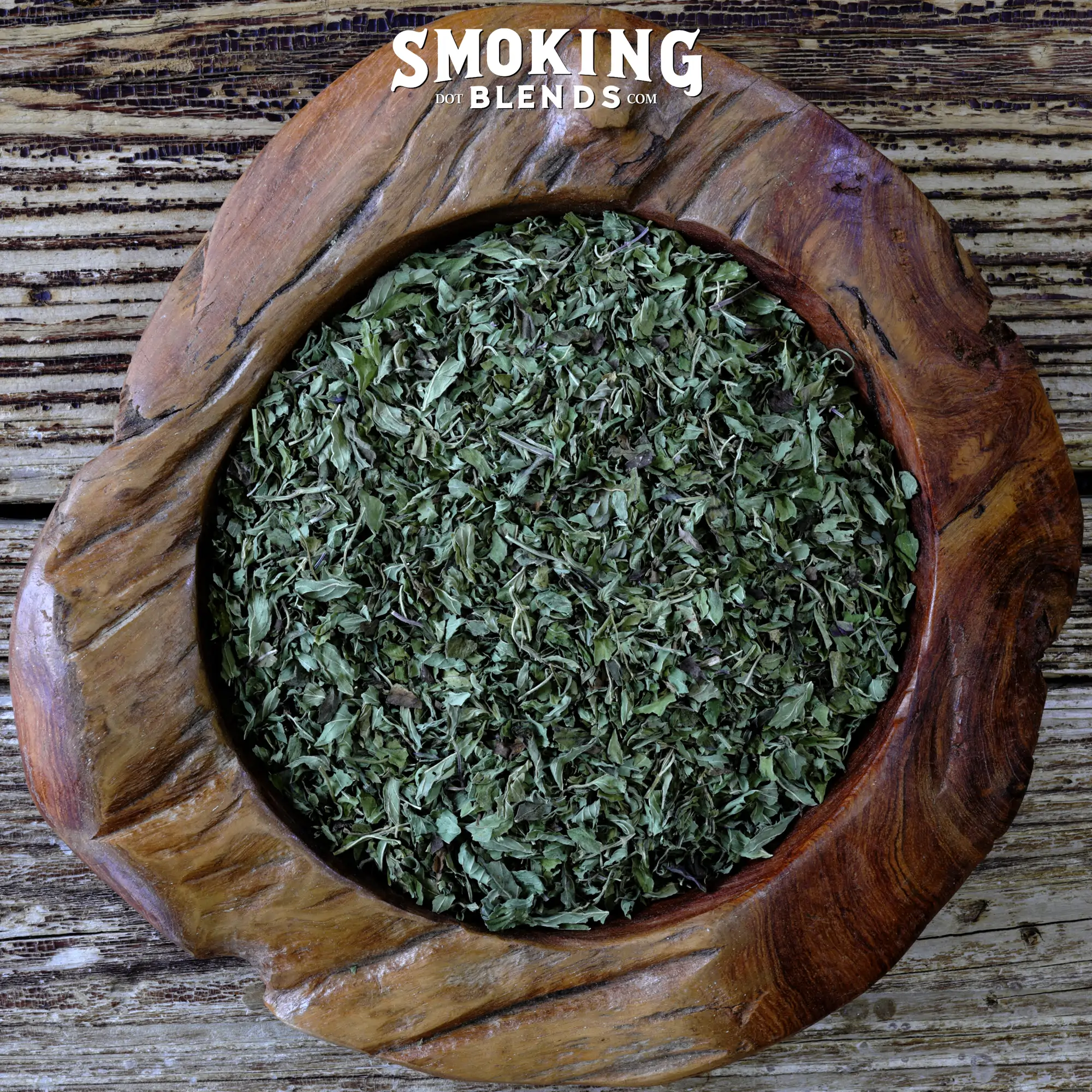
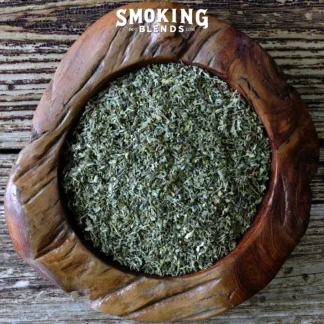
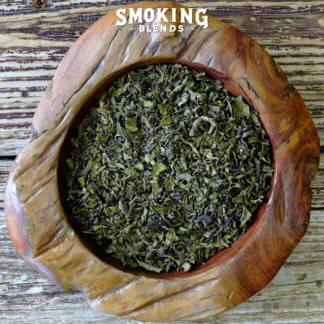
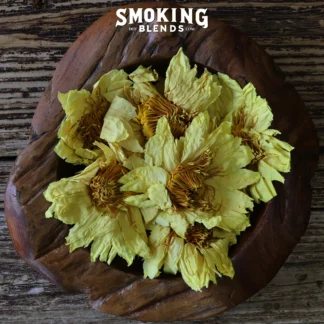
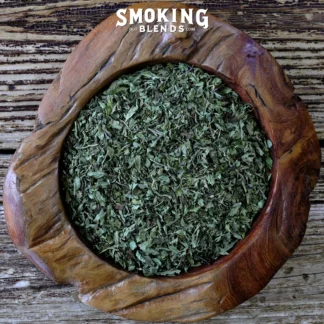
Wendy (verified owner) –
Item was very potent..using to make oil